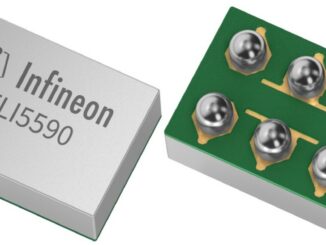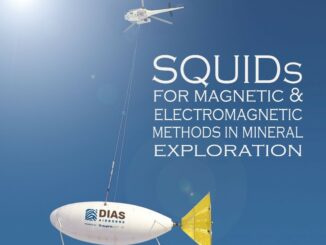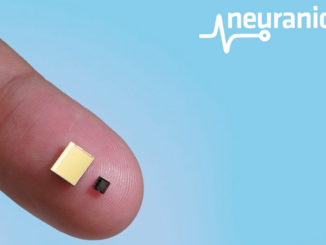
ArcelorMittal to Build Electrical Steel Plant in Alabama
ArcelorMittal Calvert, wholly owned by ArcelorMittal, is planning for an advanced manufacturing facility in Calvert, Alabama that could deliver 150,000 metric tons of domestic production capacity of non-grain-oriented electrical steel (NOES) annually, Because of its […]






